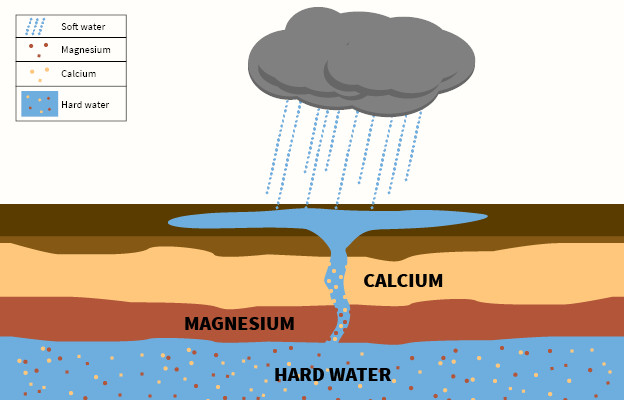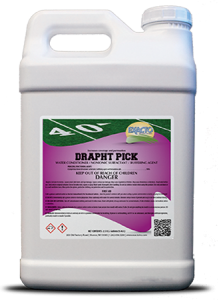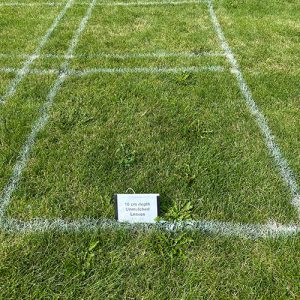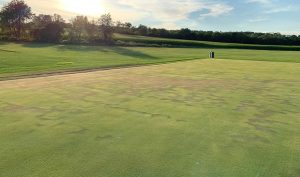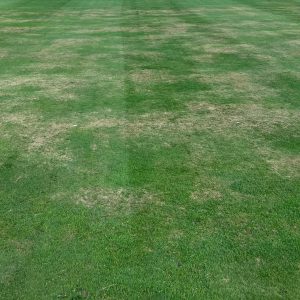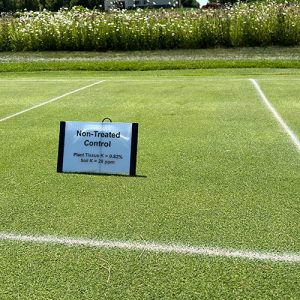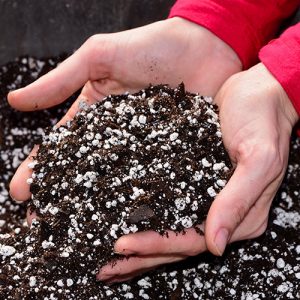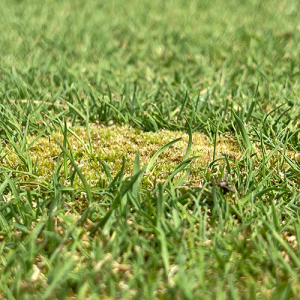
Exacto Announces Malin Westfall as Chief Commercial Officer
Exacto is pleased to announce the appointment of Malin Westfall as Chief Commercial Officer. Exacto, LLC (“Exacto”), a full-service innovation partner in the agricultural, turf, and ornamental horticulture markets, is pleased to announce the appointment of Malin Westfall as Chief Commercial Officer, effective immediately.


